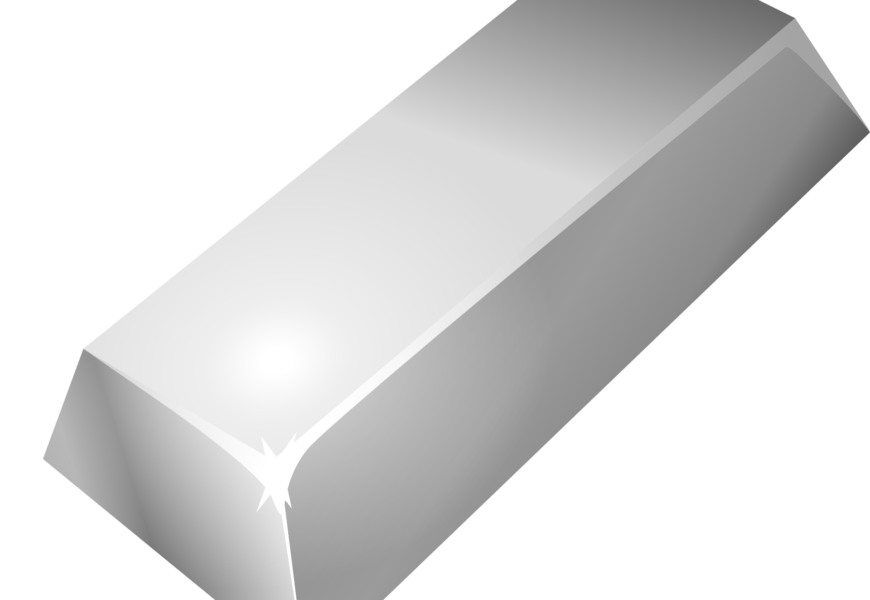Investing in precious metals is a popular strategy for diversifying one’s portfolio and protecting wealth. One of the precious metals that has been gaining popularity among investors is palladium. In this article, we will discuss what is palladium, what is palladium used for, the pros and cons of investing in palladium, and how to invest in palladium.
What Is Palladium?
Palladium is a rare silvery-white metal that belongs to the platinum group of elements. It is a highly valued precious metal that is used primarily in the automobile industry as a catalyst in catalytic converters to reduce emissions. Palladium is also used in jewelry, dentistry, and electronics.
What Is Palladium Used For?
As mentioned earlier, the primary use of palladium is in the automobile industry. Palladium is a crucial component in the production of catalytic converters that help to reduce emissions from automobiles. In addition, palladium is also used in the production of electronics, dentistry, and jewelry.
Pros Of Investing In Palladium
High Demand in the Automobile Industry
One of the significant advantages of investing in palladium is its high demand in the automobile industry. The demand for palladium in the automobile industry is expected to remain strong due to the increasing global demand for automobiles and stricter emissions regulations. This demand is expected to drive the price of palladium higher, providing a profitable opportunity for investors.
Limited Supply
Another advantage of investing in palladium is its limited supply. According to Statista, the annual worldwide production of palladium is around 210 metric tons, which is significantly less than the annual production of gold and silver. This limited supply makes palladium a valuable commodity for investors.


Find more statistics at Statista
Hedge against Inflation
Investing in palladium can act as a hedge against inflation. Precious metals are considered a safe haven during times of economic uncertainty, and palladium is no exception. Inflation can erode the value of traditional investments such as stocks and bonds, but precious metals can hold their value and even increase in value during times of inflation.
Tangible Asset
Palladium is a physical asset. It can come in many forms including jewelry, coins and small bars that can be easily stored and transported, making it a convenient investment for those looking for a tangible asset to add to their portfolio.


Cons Of Investing In Palladium
High Volatility
One of the significant disadvantages of investing in palladium is its high volatility. Palladium is a highly volatile metal, which means its price can fluctuate significantly over a short period. The price of palladium is influenced by several factors such as supply and demand, geopolitical events, and economic indicators. These factors can cause sudden price movements, which can result in significant gains or losses for investors.
Limited Industrial Uses
Although the demand for palladium in the automobile industry is significant, it is limited to this sector. Palladium is not as widely used in other industries as gold and silver, which can make it more susceptible to price fluctuations.
Environmental Concerns
The production of palladium can have environmental consequences. Mining and refining palladium can release harmful chemicals and pollutants into the environment, which can have adverse effects on the ecosystem and human health. This can be a concern for investors who are looking to invest in socially responsible companies.
Not a Guaranteed Return on Investment
Investing in palladium, like any other investment, carries risks. The price of palladium can go up or down, and there is no guarantee of a return on investment. And unlike other types of assets such as stocks or bonds, it provides no additional income. Investors should carefully consider their investment objectives, risk tolerance, and investment horizon before investing in palladium.
How To Invest In Palladium
There are several ways to invest in palladium, including:
Physical Palladium
Investors can purchase physical palladium in the form of coins, bars, or rounds. Physical palladium can be purchased through a dealer or an online retailer. It is essential to ensure that the palladium is authentic and of high quality when purchasing physical palladium.
Exchange-Traded Funds (ETFs)
Another way to invest in palladium is through exchange-traded funds (ETFs). Palladium ETFs are funds that hold palladium bullion and track the price of palladium. Investing in a palladium ETF can be a convenient way to gain exposure to the palladium market without the hassle of purchasing and storing physical palladium.
Futures Contracts
Investors can also invest in palladium through futures contracts. Futures contracts allow investors to purchase or sell palladium at a predetermined price at a future date. Futures contracts can be traded on commodity exchanges, and investors must have a margin account to trade futures contracts.
Mining Stocks
Investors can also invest in palladium by purchasing stocks in palladium mining companies. Investing in mining stocks can provide exposure to the palladium market while also providing the potential for growth and dividends.












